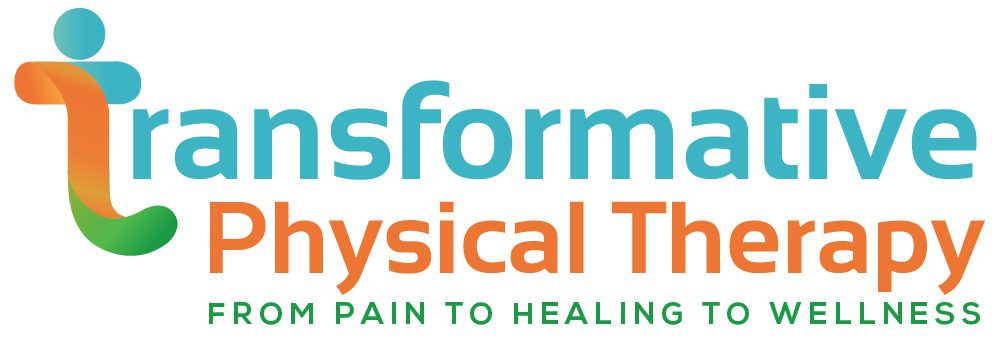Today we are going to discuss standing posture. Posture is not a static position, but dynamic. It consists of balancing the body. This changes as you sway forward or backward. For example, if you lean back on your heels, then forward onto your toes you feel your body shift and your body change position. Different muscles begin to activate keeping you from falling over.
Standing is becoming the new craze in the attempt to avoid prolonged sitting and it is a great idea to not stay in any position for a long time. Inactivity for most of the day, for example sitting at a desk, is now considered a risk factor for metabolic disease and disorders involving poor lipid metabolism. This reinforces the need for short, frequent periods of movement at least every four hours, no matter if long periods of intense exercise are part of one’s daily routine.1
However, standing has its own difficulties! Standing in poor postures can stretch some ligaments, leading to compression in other parts of the joints and the spine. It leads to muscle imbalances and decreased balance. In fact, hanging out in bad postures will eventually lead to pain. Many clients complain that standing talking to people is uncomfortable and especially dislike standing and cooking for long periods. Attention to core and trunk stabilization exercises is imperative for improvement of posture and balance. One must focus on proper alignment to ensure the body can achieve proper motor patterns and control.
So, what is proper posture? It can be measured by drawing a line through the body and determining where your body intersects. Below, are the landmarks often used in physical therapy. You should find your weight is slightly in front of your ankle bones, not totally on your heels or toes. Your knees are not locked, your pelvis is balanced over your ankles and your shoulders over your pelvis. Your thumbs should be pointing forward and your head is supported on top of the shoulders. Your postural muscles are turned on in your abdomen and spine, keeping it stable and ready for movement

Finding a balance posture:
- Feet first. Stand with your feet fairly close together and no more than hip distance apart. Try to find a position that puts weight on each of the 4 corners of the foot, your big toe, little toe, inside and outside heel. Think of balancing on a little block.
- Knees bend. Many people lock their knees when standing which causes your back to have an increased curve in the low back.
- Pelvis balanced. Put your thumbs on your pelvic bones on top of your iliac crest and your fingers on your pubic bones. Think of your pelvis as a bowl that can be filled or tipped to empty. When your thumbs are behind the pubic bone, your pelvis is posteriorly tipped, allowing the bowl to be filled. When your thumbs are in front, the iliac crest is forward and your pelvis is anteriorly tipped, spilling out. In standing, your pelvis should be somewhere in the midrange or slightly tipped forward, to balance over the knees and feet. Also, see if it feels like it is rotated to the left or right and try to make that more neutral. You should feel equal weight on each leg.
- Don’t be depressed. Lift your rib cage and chest up, letting your ribcage spread apart without throwing it backward. This will lift you up and straighten your thoracic spine. It will also automatically facilitate your lower abdominal and deep spinal muscles to fire. Your chest bone should not be dropping downward, and your ribcage should feel open.
- Shoulder blades up, back, relax. Turn your palms facing forward and let your shoulders lift up, then back, like you are tipping your shoulder blades against your rib cage. When you find the position, gently relax. No need to hold anything tightly. Your shoulders should feel like they are balanced over your hips and pelvis. Once you get your shoulder blades in place, then turn your arms back to a more comfortable position.
- Top it off. Last, nod your chin up and down gently and find where it is balanced.
Standing in a neutral posture may seem like a lot of work. It is! It gets easier each time you do it and as you begin to recognize this position. Learn to recheck your posture frequently when standing and reset it. Just correcting it one time will never make it a habit. Remember, by learning to stand in a more neutral posture, you will improve your balance, decrease the stress on your joints, keep postural muscles activated and ready to move and decrease pain. Sounds like a transformation worth working for!
Need more instruction? Try moving along with me!
- Bey, L., & Hamilton, M. T. Suppression of skeletal muscle lipoprotein lipase activity during physical inactivity: a molecular reason to maintain daily low-intensity activity. The Journal of Physiology. 2013; 551(Pt 2), 673-682.

Very cool.
Just talking about this with you! And it DOES help!
Thanks